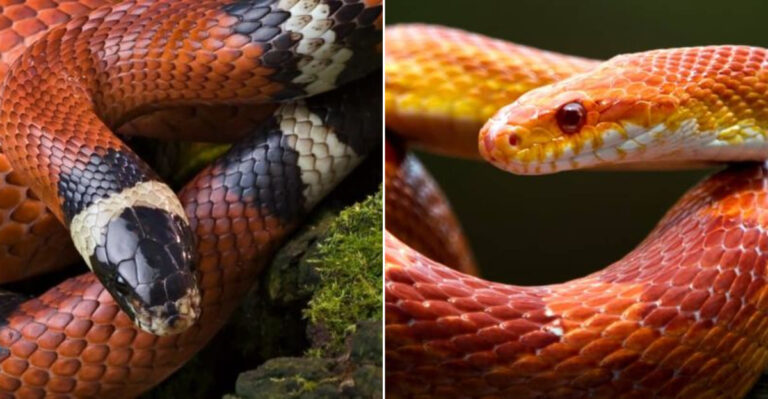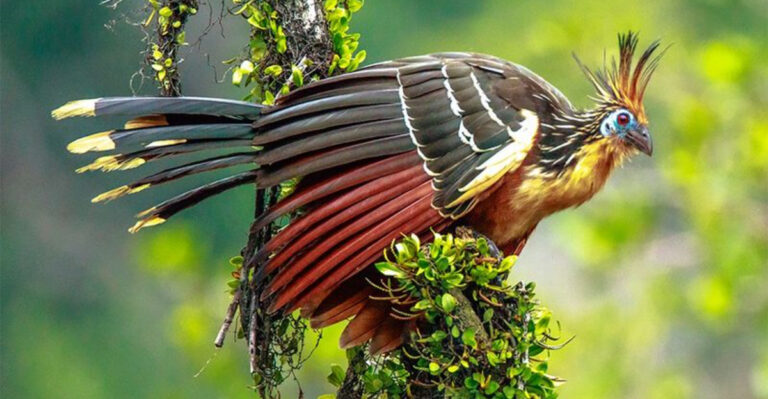8 Invasive Fish Species Wreaking Havoc On Native Habitats And Economies

Beneath the surface of our lakes, rivers, and oceans, a silent invasion is underway. Non-native fish species, introduced through accidents or well-meaning but misguided human actions, are dramatically altering ecosystems worldwide.
These aquatic invaders outcompete native species, destroy habitats, and cause billions in economic damage each year, threatening both biodiversity and human livelihoods.
1. Asian Carp

Silver carp launch themselves like missiles when startled, sometimes injuring boaters with their 40-pound bodies. Originally imported to control algae in aquaculture ponds, these filter-feeders escaped during floods in the 1970s.
Now they dominate many Mississippi River basin waterways, consuming up to 40% of their body weight daily in plankton that native fish depend on. Their potential invasion of the Great Lakes threatens a $7 billion fishing industry.
2. Northern Snakehead
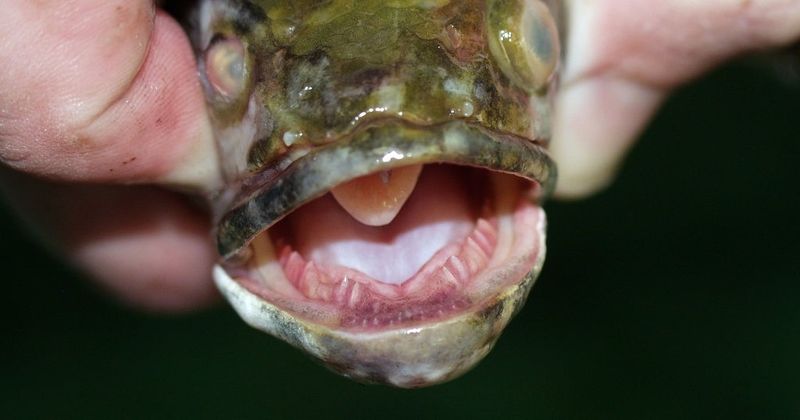
Nicknamed “Frankenfish” for their nightmare-fuel appearance, northern snakeheads can breathe air and survive on land for up to four days. Released by aquarium owners or imported for food markets, these predators have established populations from Maryland to Arkansas.
Voracious hunters with no natural predators in North America, they consume everything from insects to small mammals. Their aggressive nature and ability to spawn multiple times yearly makes them particularly devastating to native ecosystems.
3. Lionfish
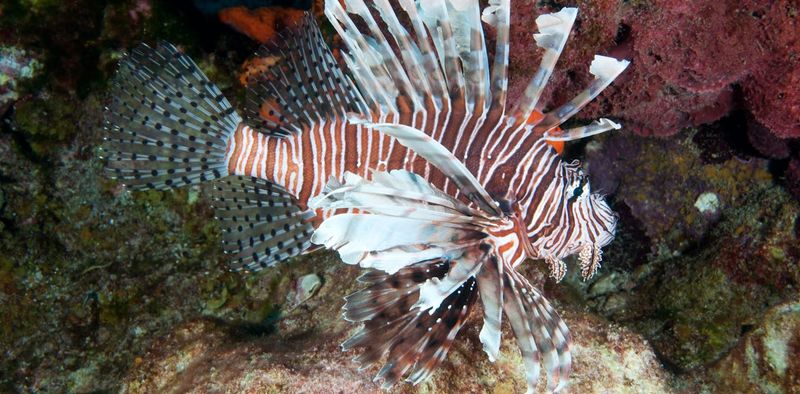
Flamboyant yet deadly, lionfish were likely released from home aquariums into Atlantic waters where they’ve become coral reef terrorists. Their beautiful venomous spines deter predators, allowing unchecked population growth in new territories.
A single female produces over two million eggs annually. Studies show they can reduce native fish populations by 80% in just five weeks! The good news? They’re delicious—conservation groups now promote lionfish as a sustainable seafood choice to help control their numbers.
4. Common Carp
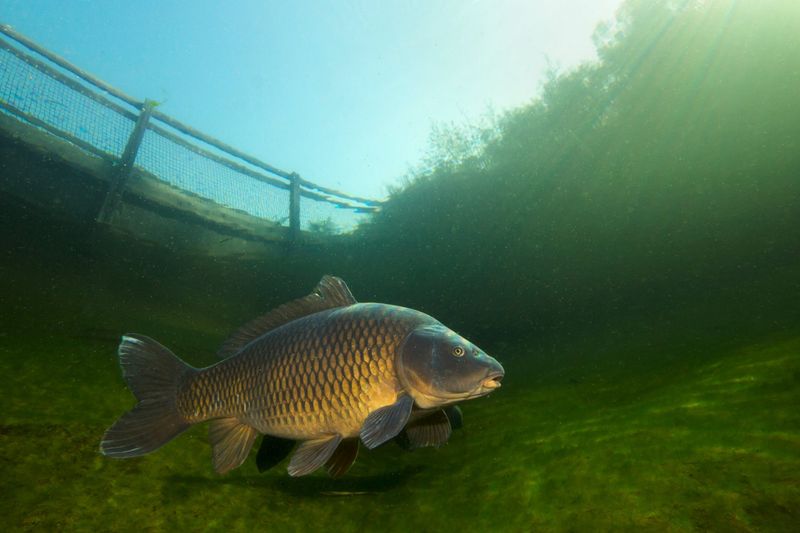
Introduced to North America in the 1800s as a food source, these bottom-feeders have become underwater bulldozers in freshwater systems. Their rooting behavior—imagine pigs digging through mud—uproots aquatic plants that provide crucial habitat.
This feeding style releases sediments and nutrients, causing algal blooms and murky water conditions. Native to Eurasia, common carp now thrive on every continent except Antarctica, making them one of the world’s most widespread freshwater invaders.
5. Pacific Salmon (Non-Native Species)
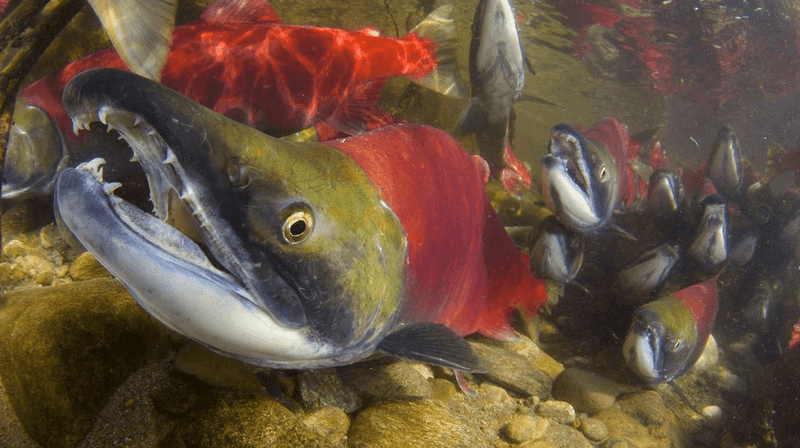
Stocked for sport fishing outside their native range, Pacific salmon species like Chinook and Coho have become double-edged swords in the Great Lakes. While creating billion-dollar recreational fisheries, their ecological impacts are complex and concerning.
These powerful swimmers outcompete native fish for spawning habitat. After spawning, their decomposing bodies release marine-derived nutrients at concentrations that can actually harm water quality in non-native systems, unlike their beneficial role in their native Pacific Northwest.
6. Goby Fish
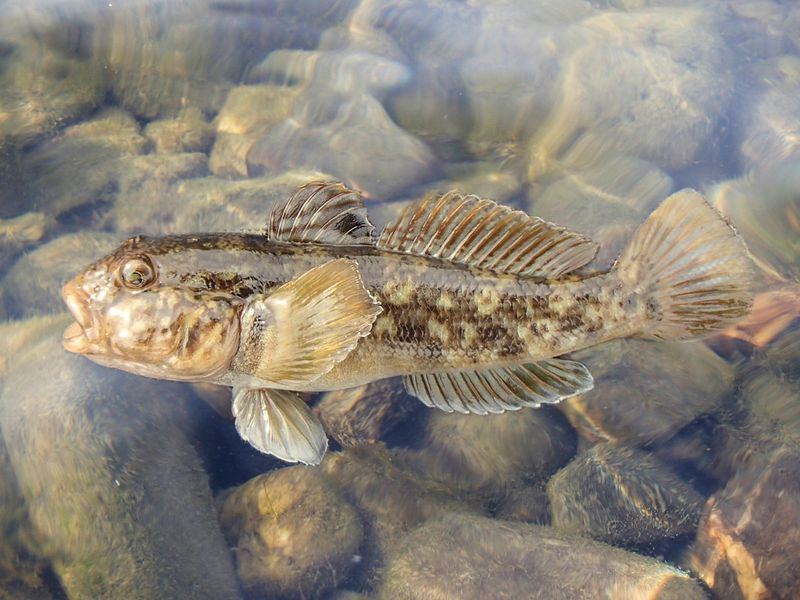
Round gobies arrived in the Great Lakes via ballast water from cargo ships in the 1990s. Small but mighty ecosystem disruptors, these aggressive bottom-dwellers have spread at alarming rates through connected waterways.
Masters of adaptation, they can spawn multiple times each season and thrive in degraded habitats. Gobies feast on the eggs of native species while also accumulating toxins that poison the larger predators that eat them, creating a dangerous ripple effect throughout the food web.
7. Tilapia
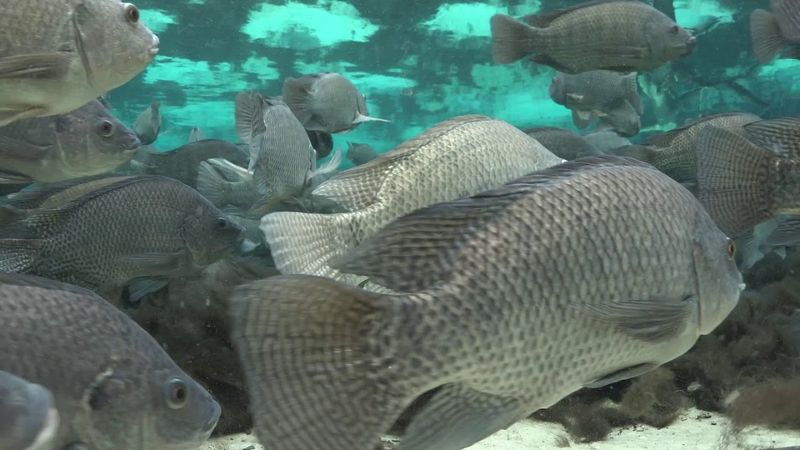
Farming these fast-growing fish seemed like a brilliant solution for global food security, but escaped tilapia have become ecological wrecking balls in tropical and subtropical waters worldwide. Hardy survivors, they tolerate poor water quality that would kill native species.
Aggressive breeders, tilapia disrupt spawning sites and outcompete native fish for territory. In Florida alone, at least seven non-native tilapia species have established populations, altering aquatic plant communities and displacing valuable sportfish like largemouth bass.
8. Channel Catfish

Originally native to the Mississippi River basin, these armored bulldozers with whiskers have become ecological wrecking balls in waterways across the American West, Europe, and Asia.
Their remarkable adaptability allows them to thrive in almost any freshwater environment they invade. Channel catfish devour native fish eggs, outcompete local species for food resources, and can grow to monstrous sizes exceeding 50 pounds.


